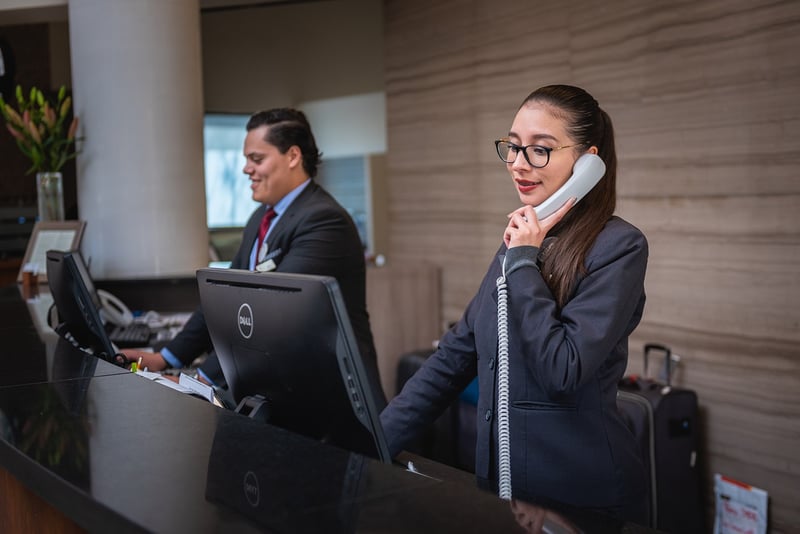Permit Assistance
Organize Event Logistics and Permit Assistance
Planning an event involves many moving parts, from coordinating vendors to securing permits. Ensuring a successful event requires meticulous attention to detail and thorough organization. Here are some essential steps to help you organize event logistics and obtain necessary permits:
1. Define Your Event Objectives
Start by clearly defining the purpose and goals of your event. Understanding the objectives will guide all other planning decisions.
2. Create a Budget
Establish a budget that outlines all potential expenses, including venue rental, equipment, permits, catering, and marketing. Keeping track of costs will help you stay within budget.
3. Select a Suitable Venue
Choose a venue that aligns with the size and nature of your event. Consider factors such as location, capacity, amenities, and accessibility for attendees.
4. Hire Vendors and Suppliers
Research and hire vendors and suppliers for services like catering, audiovisual equipment, decorations, and transportation. Ensure contracts are clear and include details on deliverables and costs.
5. Obtain Necessary Permits
Depending on the type of event and location, you may need permits for activities such as serving alcohol, blocking off streets, or setting up temporary structures. Contact the relevant local authorities to secure the required permits.
6. Arrange for Logistics
Coordinate logistics such as setup and breakdown schedules, parking arrangements, security, signage, and waste management. Having a detailed logistics plan will help everything run smoothly on the day of the event.
7. Develop a Contingency Plan
Prepare for unexpected situations by creating a contingency plan. Identify potential risks and have solutions in place to address them, ensuring minimal disruption to the event.
8. Promote Your Event
Utilize various marketing channels to promote your event and attract attendees. Create a buzz on social media, send out press releases, and collaborate with partners or sponsors for additional exposure.
9. Evaluate and Improve
After the event, gather feedback from participants, vendors, and staff to evaluate what went well and areas for improvement. Use this insight to enhance future events and refine your planning process.
By following these steps and being proactive in organizing event logistics and obtaining permits, you can ensure a seamless and successful event that leaves a lasting impression on attendees.

Image source: Pixabay
